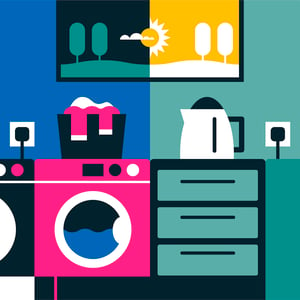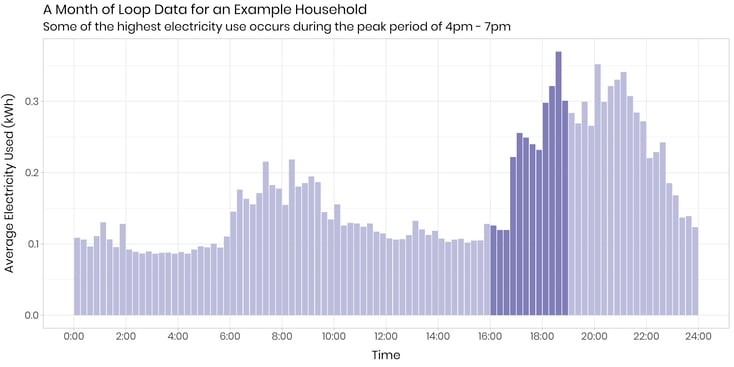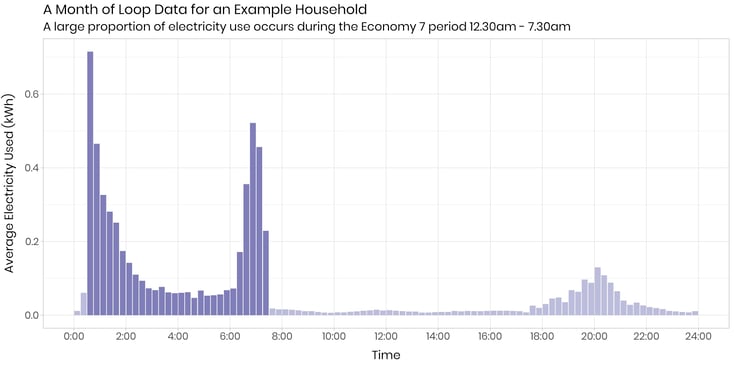Time-Of-Use energy tariffs: are they right for you?
If you’re on a standard home energy tariff, then it makes no difference to your bill whether you use energy at seven in the evening or two in the morning.
That’s because you pay a single unit rate for each kilowatt hour (kWh) of electricity.
But if you have a time-of-use tariff then the rate you pay will vary depending on the time of day.
Traditionally these time-of-use tariffs have been Economy 7 plans, which offer a more expensive day rate and a cheaper night rate, when demand on the grid is lower. But with the roll-out of smart meters, tariffs with a more complex pricing structure are starting to become available.
Octopus Energy’s Agile tariff uses half-hourly pricing that changes daily in line with the wholesale price of electricity. As the wholesale cost of electricity can be negative, on this tariff it can sometimes be the case that a customer is paid for using electricity.

Are they right for you?
Customers who use electricity at off-peak, low demand times, or who are able to shift some of their usage to these periods, can benefit from the cheaper prices offered by time-of-use tariffs.
Crucially though, peak-time rates can be significantly higher on these tariffs. So, if you’re considering a switch, then you need to consider your own household’s pattern of energy use.
The graph below shows one real household’s average electricity consumption, in 15-minute intervals, for weekdays in April. Some of their highest consumption occurs in the peak times of between 4pm and 7pm, while their lowest use is overnight.

So, it’s unlikely this household will benefit from a time-of-use tariff.
The second graph shows the September average electricity consumption for another household.
From the graph, it’s clear that a high proportion of their electricity use occurs during the cheaper, overnight period, and therefore an Economy 7 tariff is likely to be a cost-effective choice. If this graph showed electricity use in a winter month, then the trend would probably be even more pronounced, as this household has storage heaters (which use energy during the night to keep people’s houses warm during the day).

Electric Vehicle owners
One group of people who could benefit from Economy 7 or other time-of-use tariffs are electric vehicle owners, who are likely to charge overnight. A number of energy suppliers now offer tariffs tailored to electric vehicle owners, often with different rates to incentivise overnight charging when demand on the grid is lower.
Is a time-of-use tariff right for you?
Time-of-use tariffs clearly suit some households, while others might be better sticking to a standard tariff, depending on when they consume energy.
So before signing up to any tariff consider whether it’s the best option for you.
About the author
Ruth is one of Loop’s data scientists, developing models and algorithms to help customers understand their energy usage. Before starting work with Loop, she completed a PhD, where she used fMRI imaging data to model human brain connectivity.
• • •
With Loop, you can find out how you use electricity, then make smart decisions about using less - click here to find out more. We have a risk-free, no-quibble, money-back guarantee as standard, so what's to lose...apart from some £££ from your bills and some weight from your carbon footprint?



.jpg)



